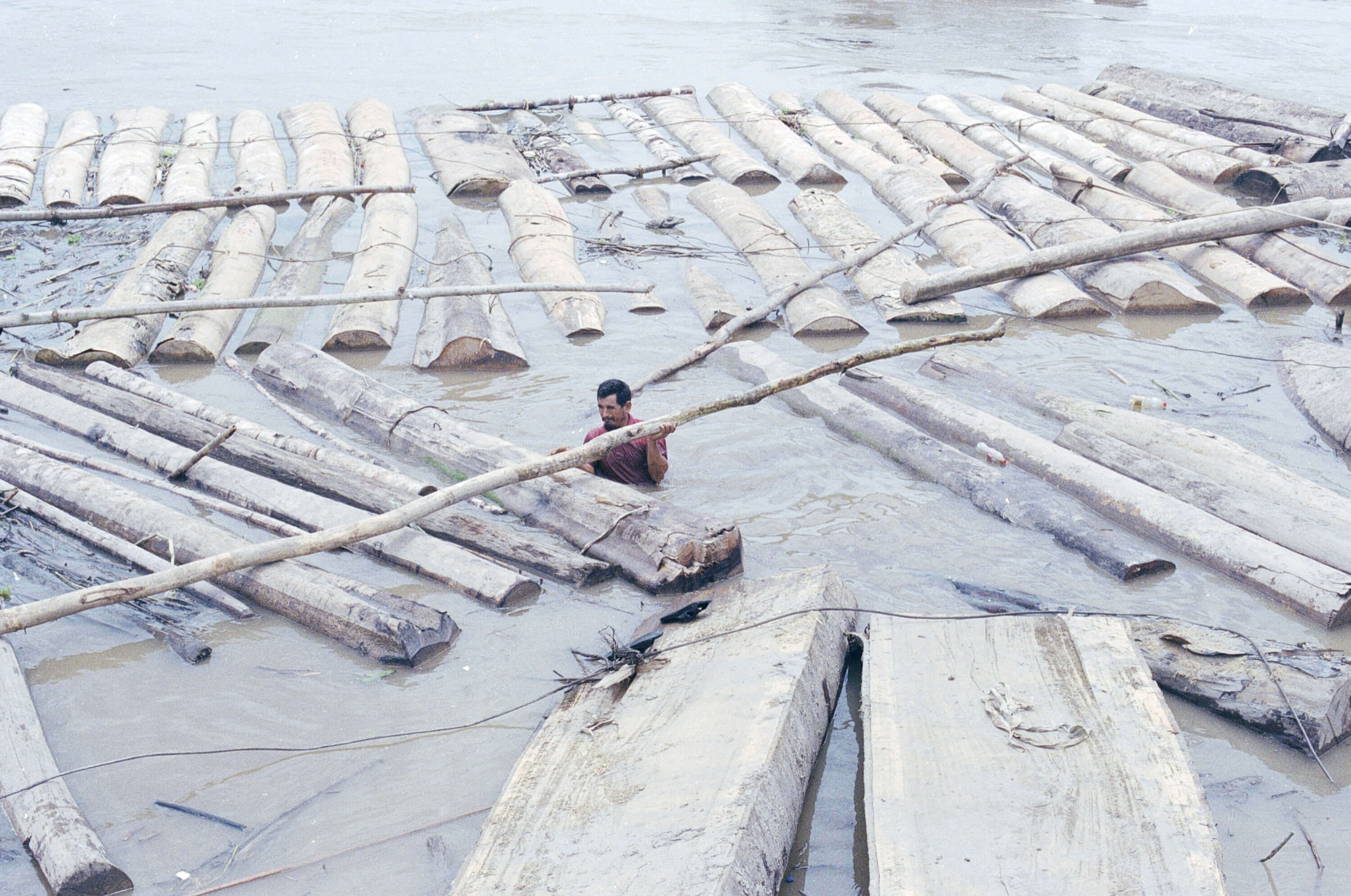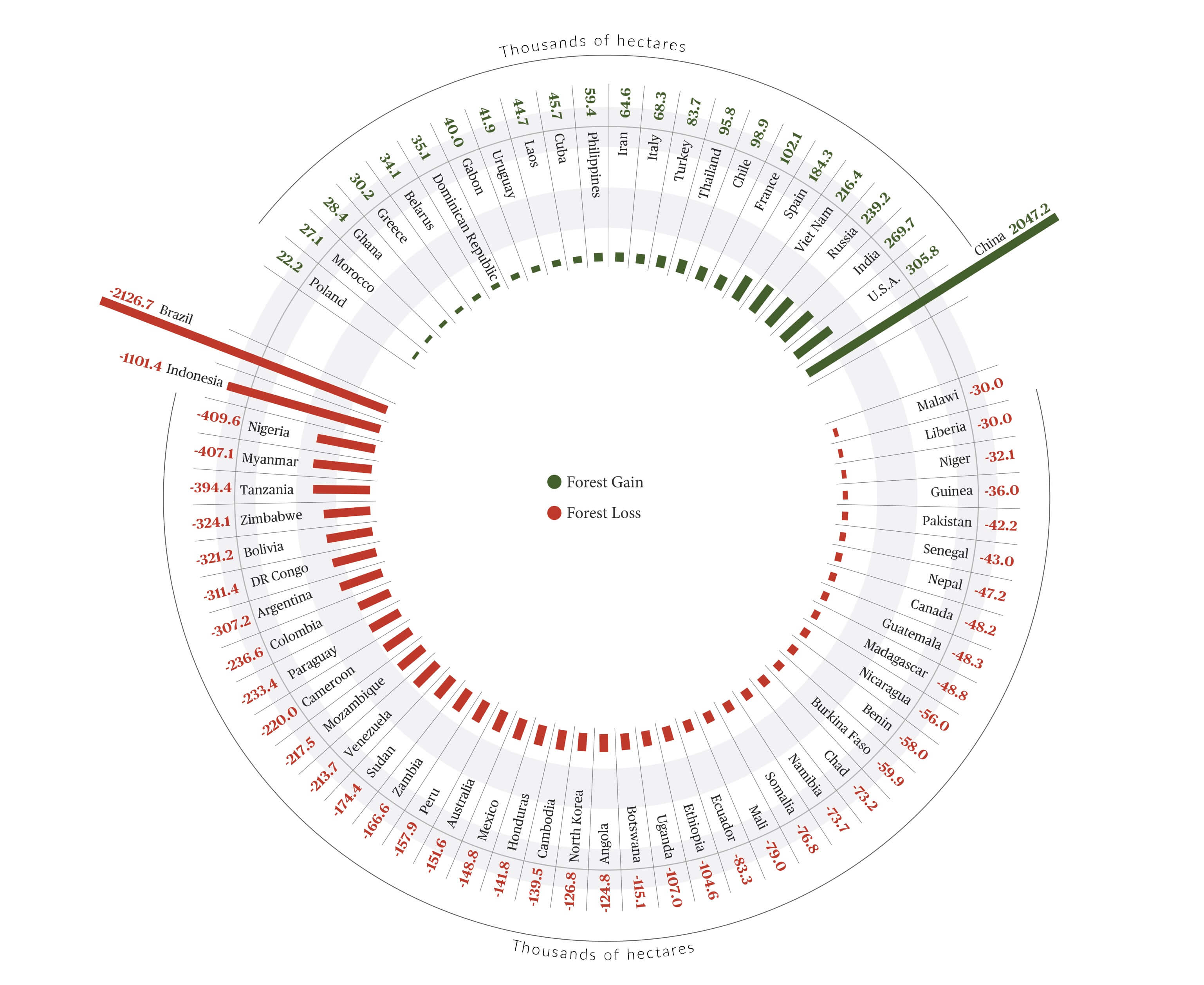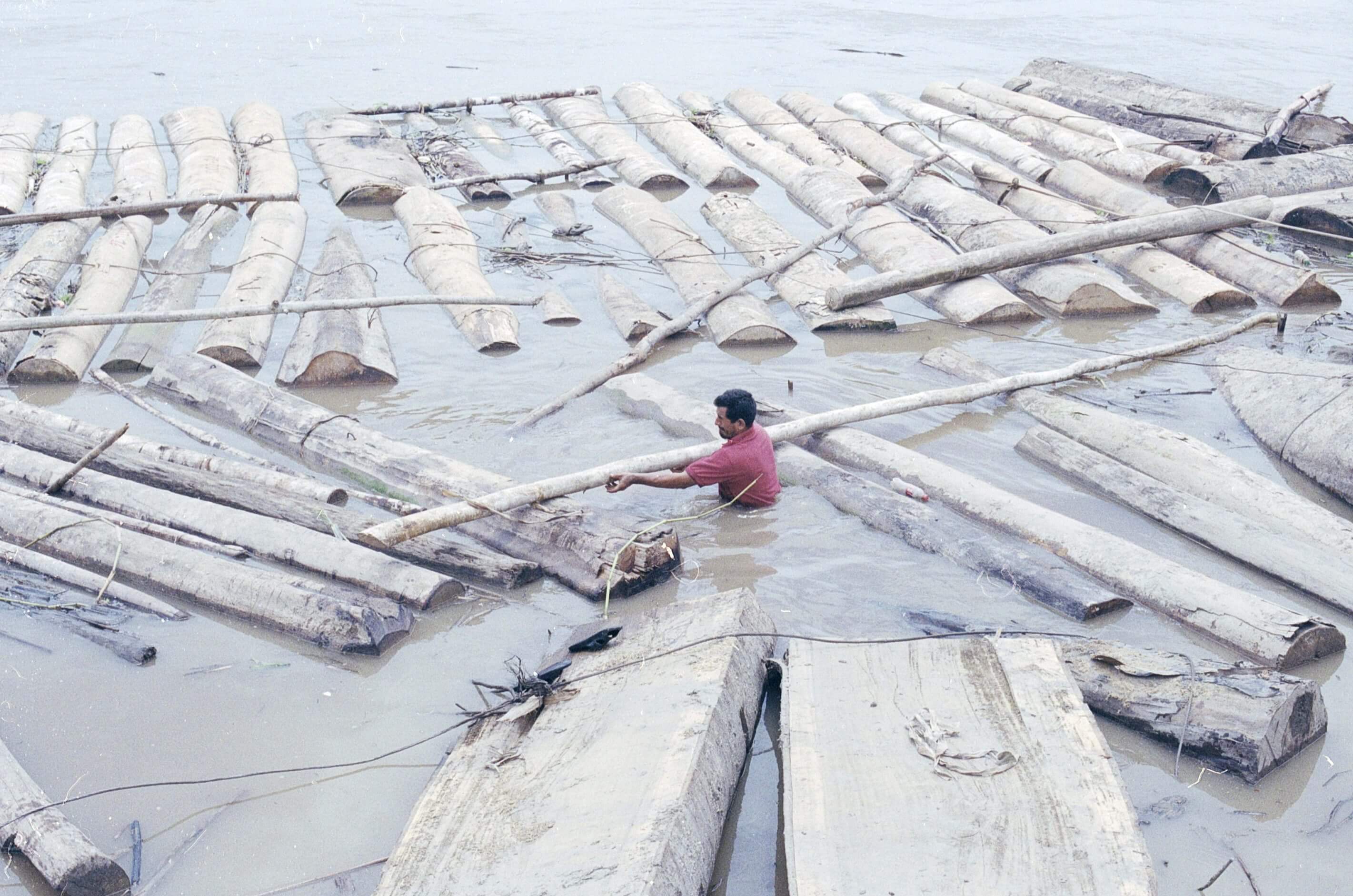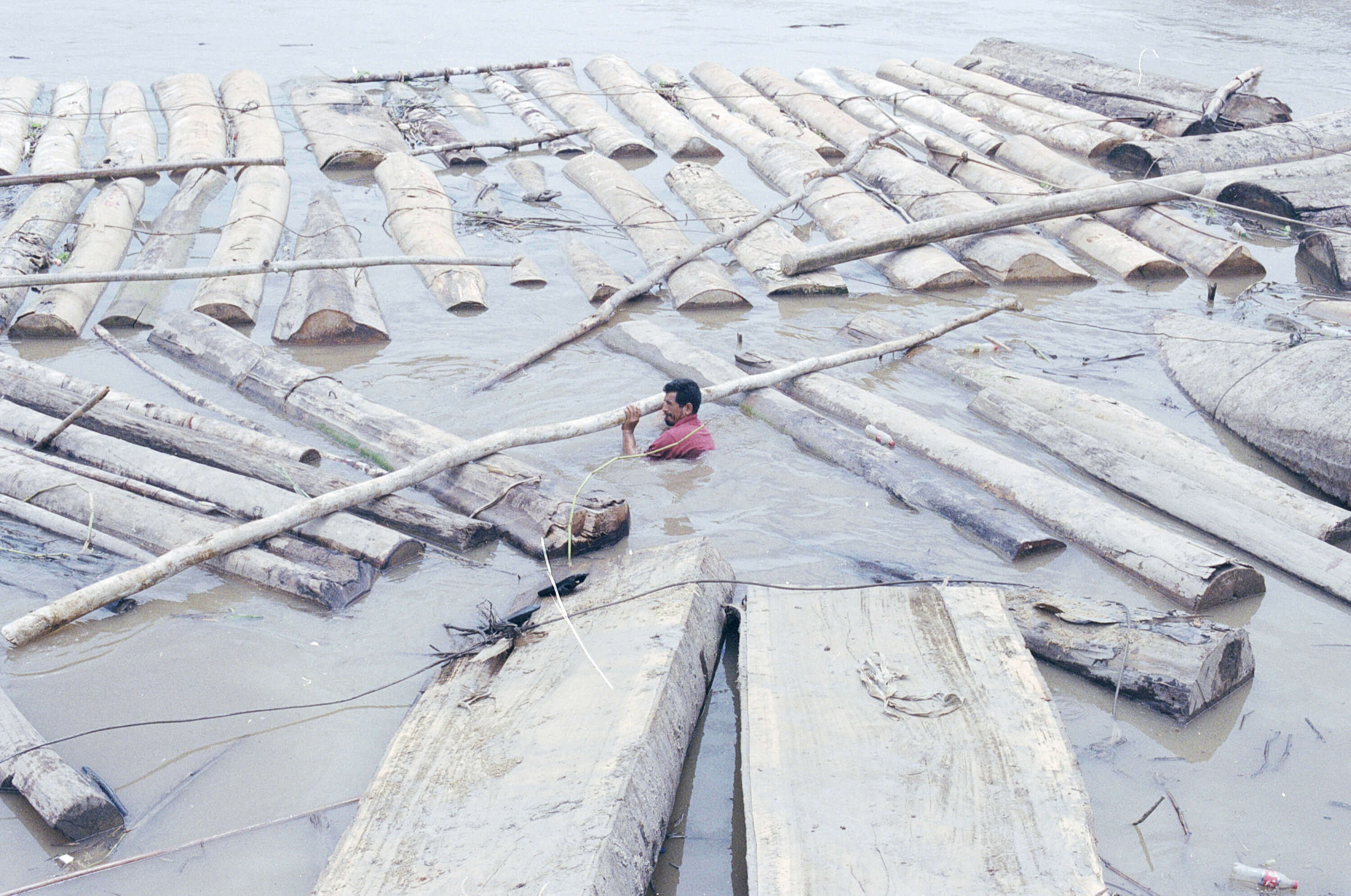“I know the fire will be back next year. I know we don’t have the equipment we need and that we’ll have to fight it with our bare hands. But that doesn’t matter: we’ll fight it. Our spirit is the spirit of the forest.”
When he speaks of the destiny of the forests in which he was born and raised, Basuki Budi Santoso’s eyes fill with tears.

With the few means at their disposal Basuki and his small team from the Friends of the National Parks foundation work to defend the Tanjung Puting reserve from the flames that periodically attack it. The park, situated in central Kalimantan, in the southern part of the island of Borneo, was at the centre of the great fires that struck Indonesia in 2015. Burning unabated for weeks, the fire turned around 2.6 million hectares of forest to cinder, mainly on the islands of Sumatra and Kalimantan.
“Today people use fire to free their land, not because they’re bad, but because they have to earn a living,” one of Basuki’s team companions, who, before changing his way of life, was actually an illegal deforester, tells us as he walks along a path crossing through the burnt forest. “In the same way I cut down trees to earn a living, they use fire to make room for their crops. Today I work as a ranger and that’s how I earn my keep.”
Basuki’s base camp can be reached by navigating the River Kumai. A small dock leads to a path that goes through the jungle, where beams of sunlight cut through the humidity and the water in the streams resembles the colour of tea. It takes a few hours of walking to get to the Beguruh reforestation area where Basuki and his men are working to bring the forest back to life. “In the last year, we have planted many many trees in this deforested area.”
Basuki, and the many like him who defend the rainforests “with their strength of spirit”, give a fundamental contribution to keeping up the morale of the forests’ supporters.
The world’s forests, along with its oceans, absorb enormous amounts of the carbon dioxide that circulates in the atmosphere. But like the oceans, the forests are also threatened by human activities. Between 1990 and 2015, the world lost 129 million hectares of forests, destroyed by chainsaws, fire and cement. Deforestation is advancing at an alarming pace: about 10 hectares of forest – the equivalent of 14 football fields – disappear every minute.

Observation of the data on the five years from 2010 to 2015 shows a net loss of 3.3 million hectares of forest around the world each year. A reduction mainly due to human activities such as agriculture, the extraction of raw materials and urbanization. Among these, as things currently stand, industrial farming is the prime cause of deforestation in the world.
But while the problem of deforestation may vary a lot from place to place, what links the rainforest basins in Amazonia, Congo and South-East Asia is the fact that they are losing millions of hectares every year.
According to the site InfoAmazonia, Amazonia covers over five and a half million hectares and contains over half of the remaining rainforests in the world. The enormous Amazonian rainforest canopy forms a temple that hosts millions of species of flora and fauna: insects, plants, fish, birds and mammals. In Colombia alone there are more than 1,500 species of birds, and in the Tambopata Reserve in Peru 43 species of ants were found on a single tree.
According to the Rainforest Foundation, the Amazonian forest produces around 20 per cent of the world’s oxygen and contains a fifth of the fresh water in the world too. But, like the forest of Borneo, Amazonia is also subject to human aggression. The data gathered by INPE, a Brazilian public research institute, points to a significant fall in the rate of deforestation compared to 2004. However, 2016 was the toughest year for Amazonia since 2008. According to the institute, from 2004 to 2015 an area of forest as large as Nicaragua was destroyed.

In the shade of the wooden hut, Basuki’s men are taking a moment of rest. A few hammocks, a gas burner to make coffee, an openair shower. A few metres away, in the shade, are rows of plant pots containing the tree saplings. “This is our nursery,” explains Basuki, “This is where we look after the trees that will repopulate the forest that has burnt down.”
“The fires come back every year, especially from September onwards, in the dry season. And the fire keeps burning even when it seems to be extinguished, because it is burning underground, in the peat,” Basuki says. “When the fires come back we work restlessly to extinguish them. At night, we take turns sleeping a few metres from the flames, sometimes someone can lose their life, suffocated by the smoke. In times of respite, we plant the trees back into the burnt areas instead, and prepare for our next battle.”
Basuki spends most of the year in the jungle, coordinating the interventions against the fires and various reforestation projects. His salary allows him to fly twice a year to see his wife and children, who live in Jakarta. Donations can be made to Basuki’s organization from the site fnpf.org.
The eye-witness accounts and data are taken from “Lungs of the Earth”, a multimedia journey into the forests of the world. The work has been published in various languages in El País, Der Spiegel, Al Jazeera and Internazionale. The full English version, including four videos, is available at www.bit.ly/lungs-earth.
